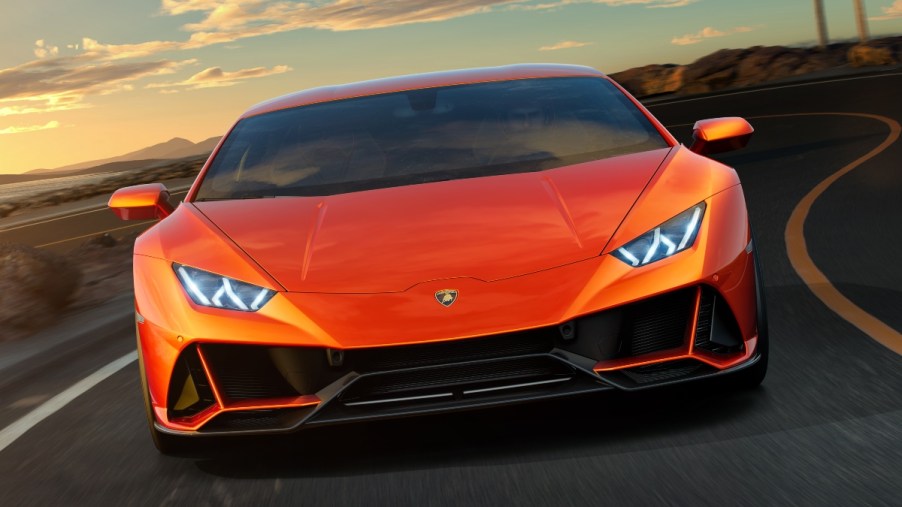
Why Do Many Modern Cars Have an Angry Face?
The face, or front end, of a car is typically the most expressive part of the vehicle. With the various designs for the headlights, grille, and front bumper, a car’s face can conjure different emotions. While vehicles in the past, such as a classic VW Beetle or a MINI, often had a happy face, many modern cars go in the opposite direction: They have an angry and mean face. Why is this? Let’s take a closer look.
Human beings personify modern cars with mean faces

Whether it’s mean, aggressive, or angry, many modern cars have a face that expresses negative human emotions. Think of the aggressive-looking grille of a Ford F-150 Raptor, the menacing stance of a Lamborghini Huracán, or the evil-eye stare of some new BMWs with the strange front end.
Vehicles of today are a far departure from the frequently friendly designs of yesteryear. Even the MINI Countryman, which had a happy face in the 1960s, now has an aggressive design with a front end that looks like a menacing reptile.
Human beings personify many different things. It could be spotting characters in clouds, the moon, a tree, or rock formations. Personification also includes cars. There’s a name for this phenomenon. It’s called pareidolia.
Pareidolia study shows that car buyers prefer vehicles with an angry and aggressive design

EFS Consulting Vienna, a European research firm, conducted a study on pareidolia with regard to how the faces of cars affect the vehicle’s desirability. For the study, the research firm asked 40 people — 20 males and 20 females — to assess car models based on a system called geometric morphometrics.
As detailed by Live Science, study participants rated the vehicles on a sliding scale on traits including “maturity, sex, attitudes, emotions, and personality — all things that people infer from human faces at a single glance.” After the participants rated the car traits, they “answered the question of whether they saw a human face, animal face, or no face at all on the cars.” Finally, they answered whether or not they liked the car.
By an overwhelming margin, the participants preferred cars with an angry face that evoked a feeling of “power.” The preferred “high-power” cars in the study, such as a BMW 5 Series, “tended to be lower or wider, and have slit-like or angled headlights with a wider air intake.”
Automotive designers create cars with angry faces because that’s what people desire
Automakers spend a considerable amount of money in developing and designing cars, so understandably, they want to be meticulous with designing a car that people are more likely to buy. And as shown by the study, people prefer cars with an angry face. The research study was so insightful that a head designer at a leading automaker wanted to purchase the rights to it outright.
Also, in a discussion with CarSifu, an automotive expert said that some “manufacturers use eye movement-tracking and brain wave-measuring to see how people react to the look of a car at pre-production styling clinics.” The expert also detailed how designers focus on the front of the car, which is more likely to have an emotional impact on those who view it.
Automotive designers also draw inspiration from the animal kingdom. This includes animals that are symbolic of strength and power, such as a bear or a buffalo.
Will vehicles have a more happy face in the future?
One thing that modern car designers risk doing, though, is pushing things too far by making the face look too mean and angry. This could turn car buyers off and spur a movement back toward cars with a happy face. Also, while vehicles with an aggressive look are popular today, many of the most beloved classic cars have a happy face, such as the gorgeous Jaguar E-Type.
Another thing that could push automakers to build cars with happy faces is self-driving vehicles. Many people are fearful of self-driving cars since they force them to give up control, which causes uneasiness. As a remedy to this fearfulness, automakers might design self-driving cars to look more friendly. In fact, Google already did this with its fully-autonomous prototype car, which looks like something you’d see in a cartoon.
However, cars with angry, mean, and aggressive faces are the dominant choice. If you want to look tough and menacing while you’re cruising along the road, you’ll have no shortage of options.


